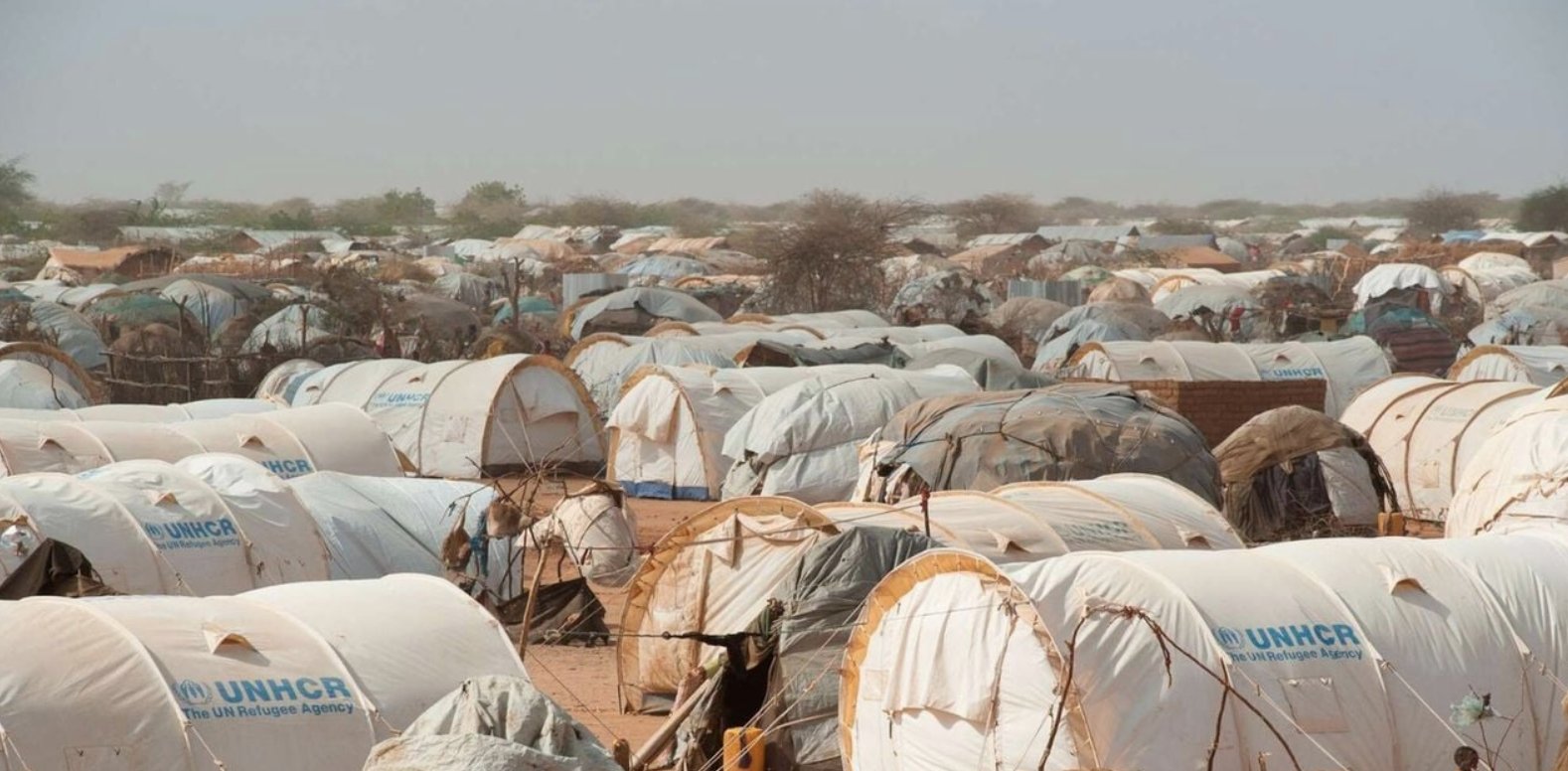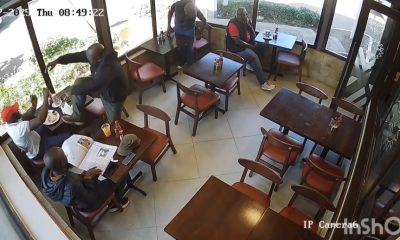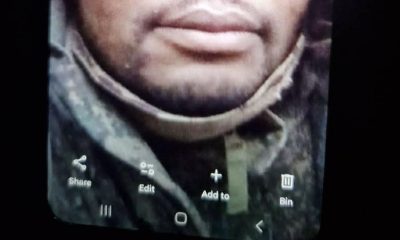Investigations
Human Trafficking: How Kenyan Cartels Smuggle Refugees To Libya
According to investigations, the process starts from recruitment within the refugee camps through word of mouth and social media, mainly TikTok and WhatsApp.

Detectives have unearthed a new ambitious human trafficking cartel targeting refugees at the Dadaab camp in Garissa County, which smuggles the refugees to Libya at a fee.
The multi-agency team is putting measures in place to forestall more planned trafficking, said to have been exacerbated by the dwindling humanitarian support at the camps.
According to reports and sources, dozens of unsuspecting and desperate young refugees have been trafficked only to be welcomed by the reality of harsh conditions in Libyan camps.
In Nairobi, the head of Nairobi Region DCI Benson Kasyoki said they are investigating one case that was reported to them last week.
“At least one case has been reported to us. We are however yet to identify the recruiting agent but efforts to trace him are ongoing to stop further such crime,” he said.
According to investigations, the process starts from recruitment within the refugee camps through word of mouth and social media, mainly TikTok and WhatsApp.
Once they identify a target, they isolate them and warn them against sharing any plans with their parent or siblings at the risk of missing out on the “opportunity of a lifetime”.
They are then turned into agents of recruitment by identifying like-minded peers who are also interested in, ostensibly, a trip to Europe that is called “Tahrib” meaning migration, the report further states.
Risky routes
The investigators have established key and possible routes used by the trans-Saharan human trafficking syndicate. The first route goes through Dadaab –Garissa –Mwingi –Thika –Nairobi-Busia-Kampala-South Sudan –Libya.
The second one is from Dadaab-Mombasa-Busia-Kampala-South Sudan –Libya, while the third route is from Dadaab-Garissa-Isiolo-Samburu-Turkana-South Sudan –Libya.
Then there is Dadaab-Garissa-Wajir-Ethiopia-Sudan-Libya.
“The journey to Libya is not easy as some of the victims die on the way due to starvation, being transported in horrible conditions to avoid police detection and diseases due to travelling in new environs without proper care,” an official told People Daily.
Once they reach Libya they are taken to concentration camps where they are exposed to torture, forced labour, extortion and organ harvesting.
Some of the victims, those who are strong and healthy, are forced to join terror organisations such as the Islamic State (IS) in Libya as foreign fighters.
The people that hold them in these concentration camps are known as “Magafe”, which loosely translates to “the one that does not miss”. The Magafe then proceed to torture and starve the victims while recording them and sending video recordings to the parents of the victims, demanding ransom of between Sh2 million and Sh3 million.
The traffickers ask the parents to send the money through Hawallas (a popular informal value transfer system) and Remitley (a money transfer service) so as to avoid detection from local law enforcement.
The cases of trafficked victims from Kenya are seen to capitalise on the element of vulnerability, exploitation and deception, according to the officials.
“The traffickers are targeting vulnerable youths aged between 15 and 24 years. They target refugees from Dadaab who are desperate for a better life,” a member of the multi-agency team explained.
The victims are baited with the promise of taking them to Europe and the hope of bettering their lives.
“However, they are misguided because they end up entering into an unknowing contract of being exploited for money,” added an investigator in the team.
Once the victims are assembled and ready to be transported, their mobile phones are then turned off and confiscated by the traffickers to avoid police from tracking and rescuing them during their journey in case their parents raise the alarm.
After engaging the security forces in the area, they revealed that there is an increase of youth being trafficked to Libya due to diminishing humanitarian support, limited resources, unemployment and a general feeling of hopelessness.
“The youth are urged to be very cautious and weary of people who are promising them a better life and asking them to keep it a secret from their family and friends,” an official said.
According to the UNHCR, human trafficking is a severe violation of human rights involving the recruitment, transportation, transfer, harbouring, or receipt of persons through force, fraud, deception, abuse of power, vulnerability and exploitation.
Kenya Insights allows guest blogging, if you want to be published on Kenya’s most authoritative and accurate blog, have an expose, news TIPS, story angles, human interest stories, drop us an email on [email protected] or via Telegram
-

 Investigations2 weeks ago
Investigations2 weeks agoMoney Bior, Lawyer Stephen Ndeda Among 18 Accused Of Running An International Fraud Ring Involved With Scamming American Investor Sh500 Million
-

 Investigations2 weeks ago
Investigations2 weeks agoNestlé Accused of Risking Babies’ Health in Africa with ‘Toxic’ Cerelac Product Sold Highest in Kenya
-

 Investigations1 week ago
Investigations1 week agoHow Land Grabbing Cartels Have Captured Ardhi House
-

 News1 week ago
News1 week ago48-Year-Old Woman Who Pushed 25-Year-Old Boyfriend To Death From 14th Floor Kilimani Apartment Arrested
-

 Investigations2 weeks ago
Investigations2 weeks agoKDC Rocked With Fresh Sh500 Million Tender Scam
-

 Grapevine2 weeks ago
Grapevine2 weeks agoMP Anthony Kibagendi Assault and Injures Kisii Man He Accuses Of Sleeping With One Of His Girlfriends
-

 News2 weeks ago
News2 weeks agoKenyan Man Fighting For Russia Killed On The Frontline Of Ukraine
-

 Business2 weeks ago
Business2 weeks agoHow Dinesh Construction Engaged In Tax Fraud Using ‘Missing Trader’ Scheme

















